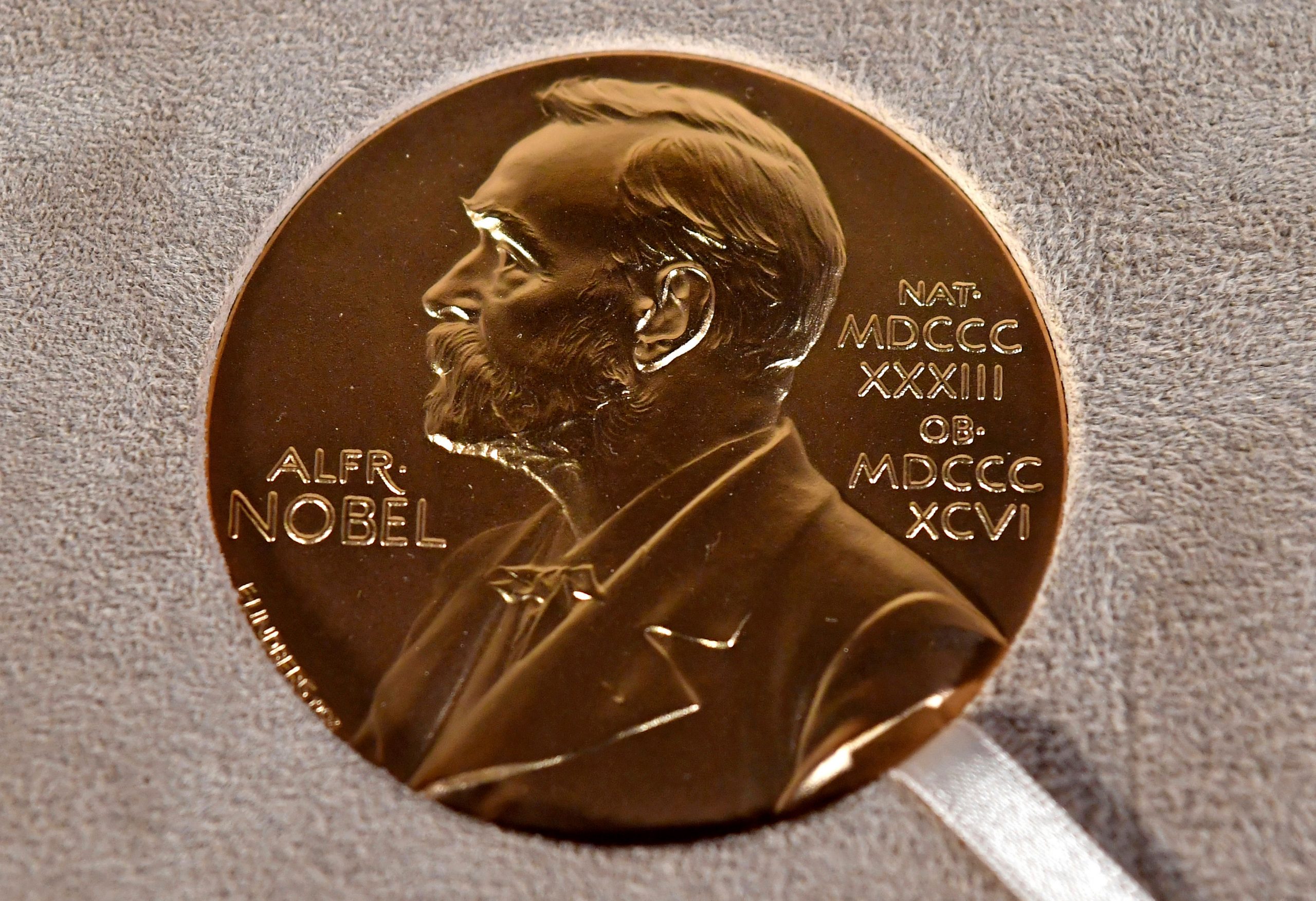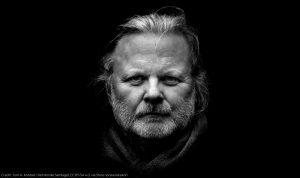The Nobel Prize is awarded each year to at least six individuals who have shown excellence in their fields. The prizes go beyond the three broad areas of science. Nobel Prizes in Peace, Economics and Medicine are also handed out.
Each prize carries a cash reward, which is worth nearly $900,000. The money comes from a bequest left by the prize’s creator, Swedish inventor Alfred Nobel, who died in 1895.
Also Read: Nobel Prize for physics: Indians who won the award
Here are three lesser-known facts about the Nobel Prize in Physics:
An uneven number of recipients
The Nobel Prize committee may decide to give the prize to a single individual or a group. The Nobel Prizes in Physics in 2022 and 2021 were distributed among three individuals. All got 1/3 of the prize.
47 physics prizes have been given to one laureate only. 32 physics prizes have been shared by two laureates. 37 physics prizes have been shared between three laureates.
John Bardeen’s recognition
John Bardeen is the only person who has been awarded the Nobel Prize in Physics twice. He won his first award in 1956 and the second one in 1972. Bardeen died in January 1991.
Marie Curie, who is known for her research on radioactivity, has also won the Nobel Prize twice, but in different fields. Curie won the Nobel Prize in Physics in 1903 and Chemistry in 1911.
Also Read: Anton Zeilinger on winning Nobel Prize in Physics: ‘Still kind of shocked’
No posthumous Nobel Prizes in Physics
Posthumous Nobel Prizes were anyway rare. Statutes of the Nobel Foundation were amended in 1974 and prohibited the committee from awarding posthumous awards unless death occurred after the announcement of the Nobel Prize.
Before 1974, the Nobel Prize has only been awarded posthumously twice: to Dag Hammarskjold (Nobel Peace Prize 1961) and Erik Axel Karlfeldt (Nobel Prize in Literature 1931).







